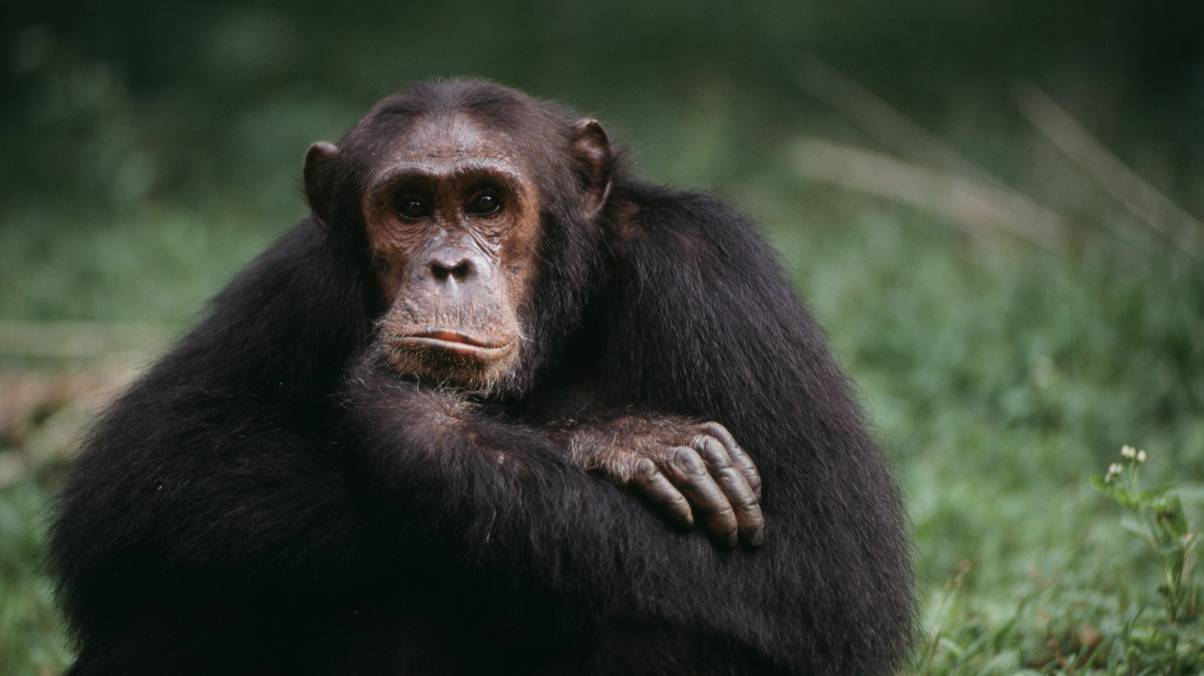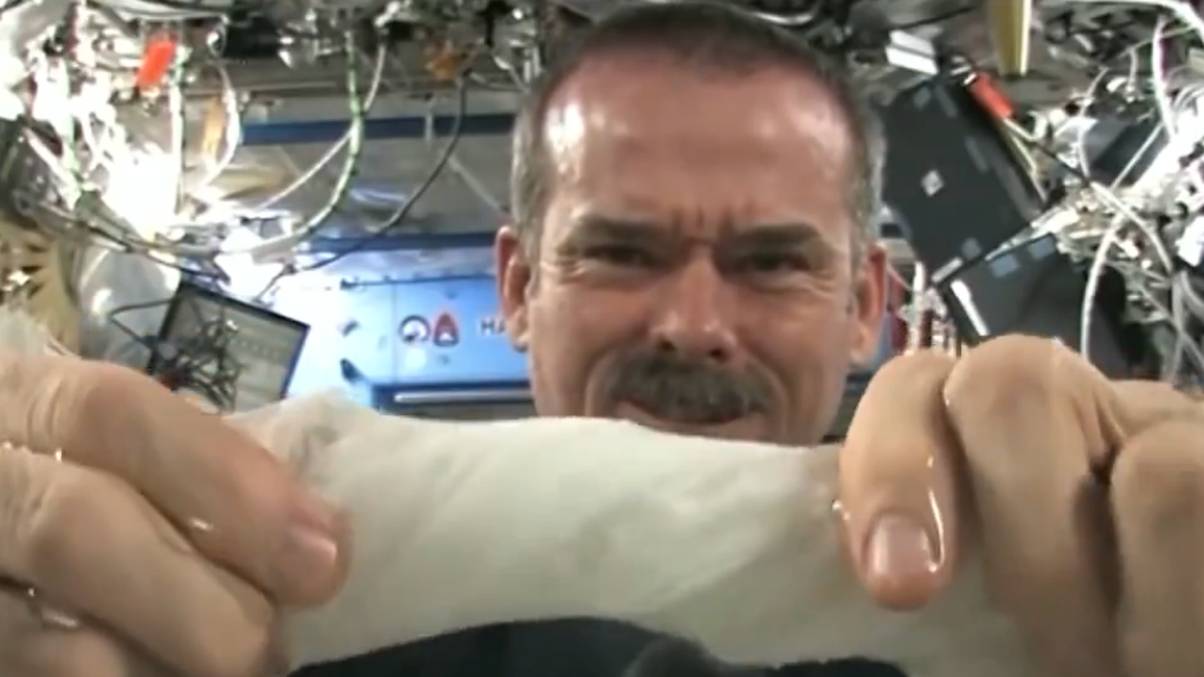Chimpanzee’s Unexpected Reaction to Robot Challenges Decades of Monkey Behavior Research
Ever wondered if a chimpanzee could out-yawn a robot? Sounds bonkers, right? Well, it turns out that our simian cousins—who are shockingly only a hair’s breadth away from humans genetically, and probably a lot less stressed since they don’t have to worry about paying taxes or showing up to work—might just do that. Scientists recently cooked up a quirky little experiment involving a human-like robot head that let out a big, contagious yawn. And guess what? The chimps yawned right back, proving that even when the original yawn isn’t flesh and bone, it still gets under their skin. This discovery isn’t just about sleepy apes; it might just flip what we understand about their minds and those mysterious mirror neurons firing away. So, next time you yawn, ask yourself—is it the real deal, or could it be just a clever mimic? LEARN MORE
A chimpanzee’s response to a robot has shocked scientists and could change what we understand about the species.
Of course, monkeys are some of the closest species to humans, with scientific reports suggesting that there is just one or two percent disparity between the two, with one of the only differences being that they get to just live their lives without bothering to speak, work or pay taxes. What a dream.
And now, scientists have seemingly made a breakthrough after a rather curious experiment that involved yawning and a robot, which sounds like something you’d hear at the beginning of a joke but it’s genuine.
What was the experiment?
We all know that yawning can be contagious but what about when the first yawn was produced by a non-biological entity?
Scientists used just the head of a human-like robot to yawn, and wanted to record whether or not the chimps would do it too, and from the results, you’ll see it’s true, apes wanna yawn like you.
“The contagiousness of yawning is also presumed to be reliant on neuronal activation of paths where we know mirror neurons are activated when observation of biological motion patterns is perceived, and those can only be produced by an animate subject,” said study first author Dr Ramiro Joly-Mascheroni to IFLScience.

The chimps in the study got pretty tired (Getty Stock)
He added: “That would have to be either a non-human animal or us humans, but if the behavioural responses would have anything to do with the activation of those neuronal pathways, then the action would have had to be performed by something that was ‘alive’.”
What was the result?
After getting the robot head to appear sleepy and let off a big old yawn, the chimps in the study did in fact follow suit.

Terrifying stuff (Aline-Sardin Damasso & Mona)
The scientists added: “Some of the chimpanzees that yawned after observing the android yawning, started to gather leaves and show lying-down behaviours, responses often associated with relaxation or drowsiness.
“These interesting responses may suggest that the perceived yawn evoked behaviours associated with yawning, are beyond the simple motor act of yawning.
“So again, the effect of the yawn observation seems larger and more general than just a replication of the movement itself.”
What else have scientists been able to achieve with chimps?

The chimps did end up yawning (RMJM, Aline Sardin-Damasso & Mona)
Given monkeys are essentially the equivalent of second cousin to humans, scientists have been trying to see what they’re capable of for some time now, with differing results.
One terrifying case saw scientists encounter Oliver the ‘humanzee’, who was capable of walking upright on two legs, much like a human.
Meanwhile, on the more artistic front, an impressive painting from a chimpanzee sold for a significant amount of money.














Post Comment